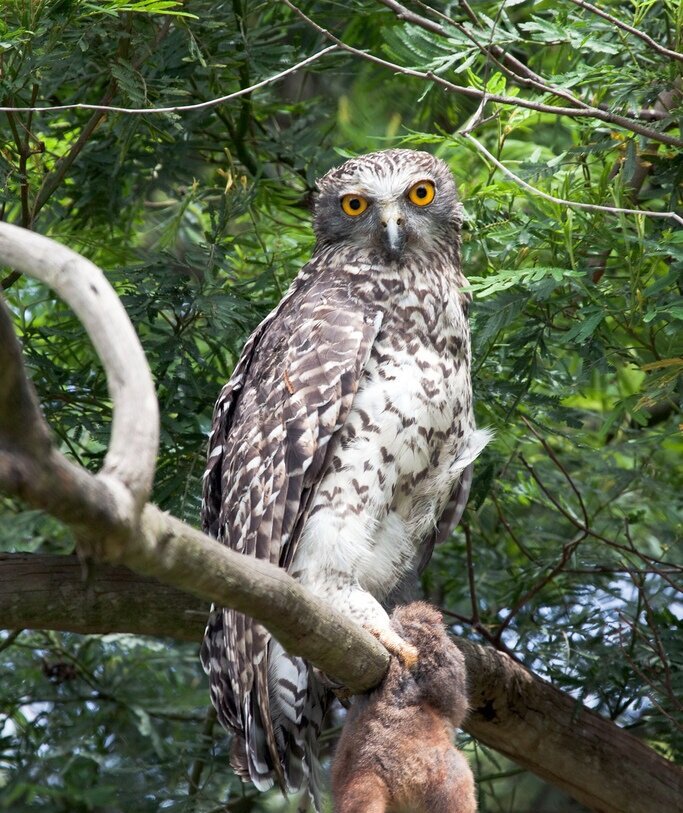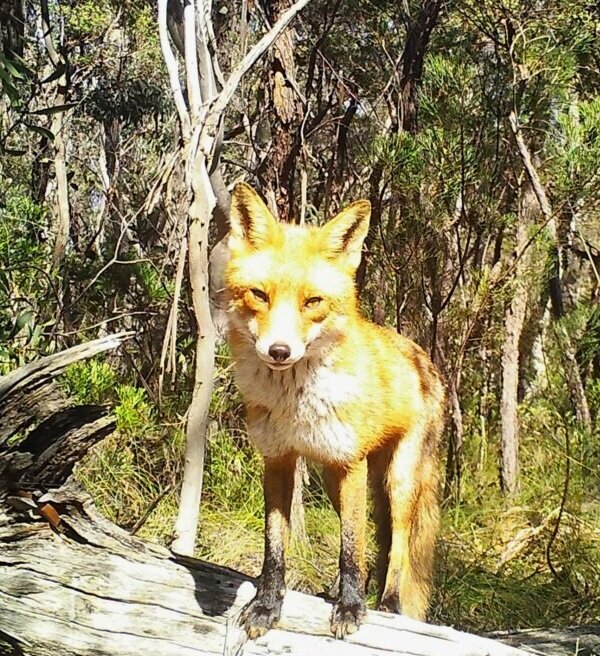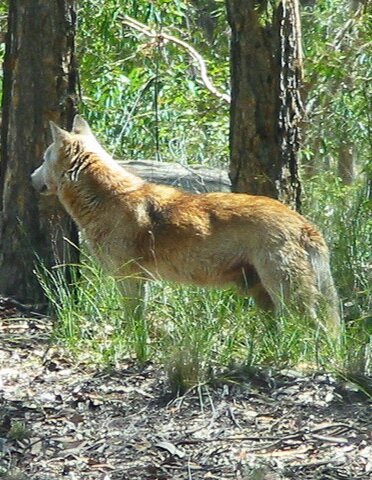APEX PREDATORS IN THE GBMWHA
A PhD project conducted via Western Sydney University
PROJECT DETAILS
PhD candidate: Jack Pascoe
Supervisors: Dr. Robert Mulley, Dr Rosalie Chapple and Dr. Ricky Spencer
PROJECT OVERVIEW
The Greater Blue Mountains World Heritage Area (GBMWHA) was inscribed on the World Heritage list in 2000 for its natural values. The GBMWHA reserve system encompasses more than one million hectares and contains the largest declared wilderness area in New South Wales.
Preservation of ongoing biological processes and the maintenance of the biodiversity of this area are key factors in the GBMWHA's World Heritage listing. To preserve these processes, and biodiversity, it is important to understand the critical elements of ecosystem function within the GBMWHA.
Apex predators are now acknowledged internationally as being vital in the maintenance of ecosystem function, often acting as keystone species through topdown pressure. The role of apex predators is also acknowledged in Australia, with the dingo considered the country's top terrestrial predator. Exotic predators are also having an impact on the Australian fauna. Both the fox and cat have been associated with processes which have caused the extinction of many of Australia's ground mammals and still threaten native species.
This study investigated the influence that both native and exotic apex predators have on sympatric predators and prey in the GBMWHA. By describing the distribution, diet and activity of apex predators, the impacts of these species in the World Heritage Area are examined. The study includes species from numerous taxonomic classes in order to describe apex predator interactions holistically.
Studies involving this range of predators have not been published previously in Australia. To investigate apex predator interactions, three field sites were selected, with each site exhibiting unique habitat features. In addition, habitat suitability models were constructed for each of the species studied to compare with species presence data collected at each site, and to predict more broadly the distribution of each species across the GBMWHA.
The predicted distribution of wild dogs and foxes was shown to encompass the vast majority of the GBMWHA as reflected in their presence at the three field sites investigated.
The predicted climate suitability of the more cryptic native predators was more restricted than their exotic counterparts, and this was reflected in their distribution across the three study sites.
PUBLICATIONS AND REPORTS
2011. Apex Predators in the Greater Blue Mountains World Heritage Area. Jack Pascoe. Phd thesis.
2012. Diet analysis of mammals, raptors and reptiles in a complex predator assemblage in the Blue Mountains. Reference: Pascoe, J.H., Mulley, R.C., Spencer, R. and Chapple, R.S. Diet analysis of mammals, raptors and reptiles in a complex predator assemblage in the Blue Mountains, eastern Australia. Australian Journal of Zoology 59(5): 295-301.



